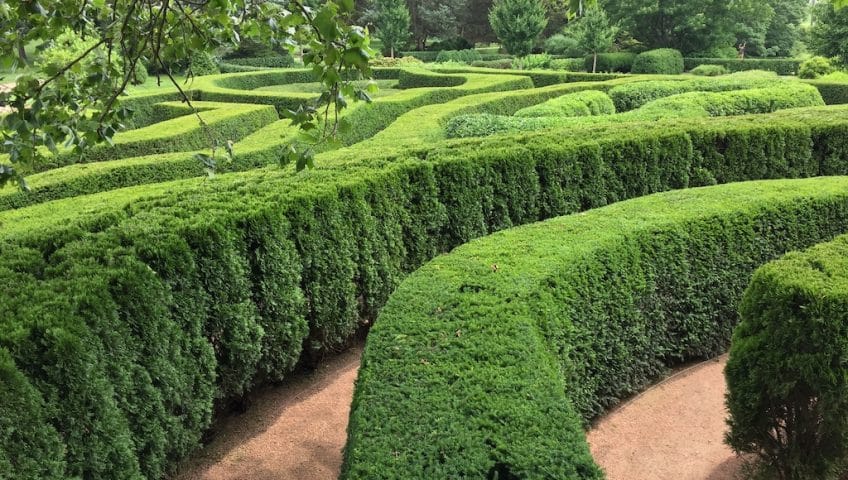Beautiful, low maintenance, and versatile, cedar hedges are favourites throughout the Lower Mainland. But as resilient as these popular evergreens are, they can die prematurely. Is it something you did or didn’t do? Could it be the environment? To keep your cedar hedges healthy and vibrant for generations to come, here are some fatal foliage factors to watch out for.
Environment Stressors
Just like stress can affect you, it can also affect the health of your hedges. Environmental stressors like wind, flooding, or drought can seriously damage trees, lowering their resistance to disease and infestations from insects like budworms, spider mites, and other pests. Air and ground pollution, as well as extreme sun exposure and cold spells, may also compromise the health of your hedges.
Improper Planting
When it comes to healthy cedars, proper planting practices are a must. Avoid planting your hedges too deeply into the ground—roots buried too deeply receive less oxygen and warmth. A good rule of thumb is to plant your tree so its root flare (where the trunk starts to bulge out at the bottom) is level with the soil surface. Also, try not to plant your cedar too closely to other trees, bushes, or other vegetation. You don’t want your foliage competing for nutrients, water, and sunlight.
Over Fertilizing
Too much of a good thing—like over fertilizing—can have disastrous results. Excess fertilizer allows salt deposits to accumulate in your soil, burning the roots of the tree and turning the needles brown. Too much fertilizer isn’t the only chemical that can wreak havoc on your hedges. Many herbicides sprayed on or around your cedars can also kill the foliage.
Transportation Damage
Cedars are notoriously robust and resilient, but they certainly didn’t start off that way. Delicate young plants are susceptible to damage that requires special care, especially during transportation. Damaging the bark could expose the vascular system of the cedar, causing it to lose its ability to transport water and nutrients throughout the tree.
Root Rot
Another potentially fatal problem for cedars is root rot. Overwatering or excessively damp soil can cause fungus to take hold in the roots. As the mold continues to accumulate, it will spread to the branches, turning them brown, where it will eventually kill the tree. Unfortunately, there is no known cure, but you can help control the disease using a fungicide. You can also prevent further spreading to other hedges by removing the affected cedar.
Cedar hedges can die before their time—but that doesn’t mean you are powerless to stop it. With the proper care and knowledge, your cedars will live a long healthy life.
For gorgeous cedar hedges, contact us today!.
If you are looking for cedar trees in Langley, contact Fraser Valley Cedars.

